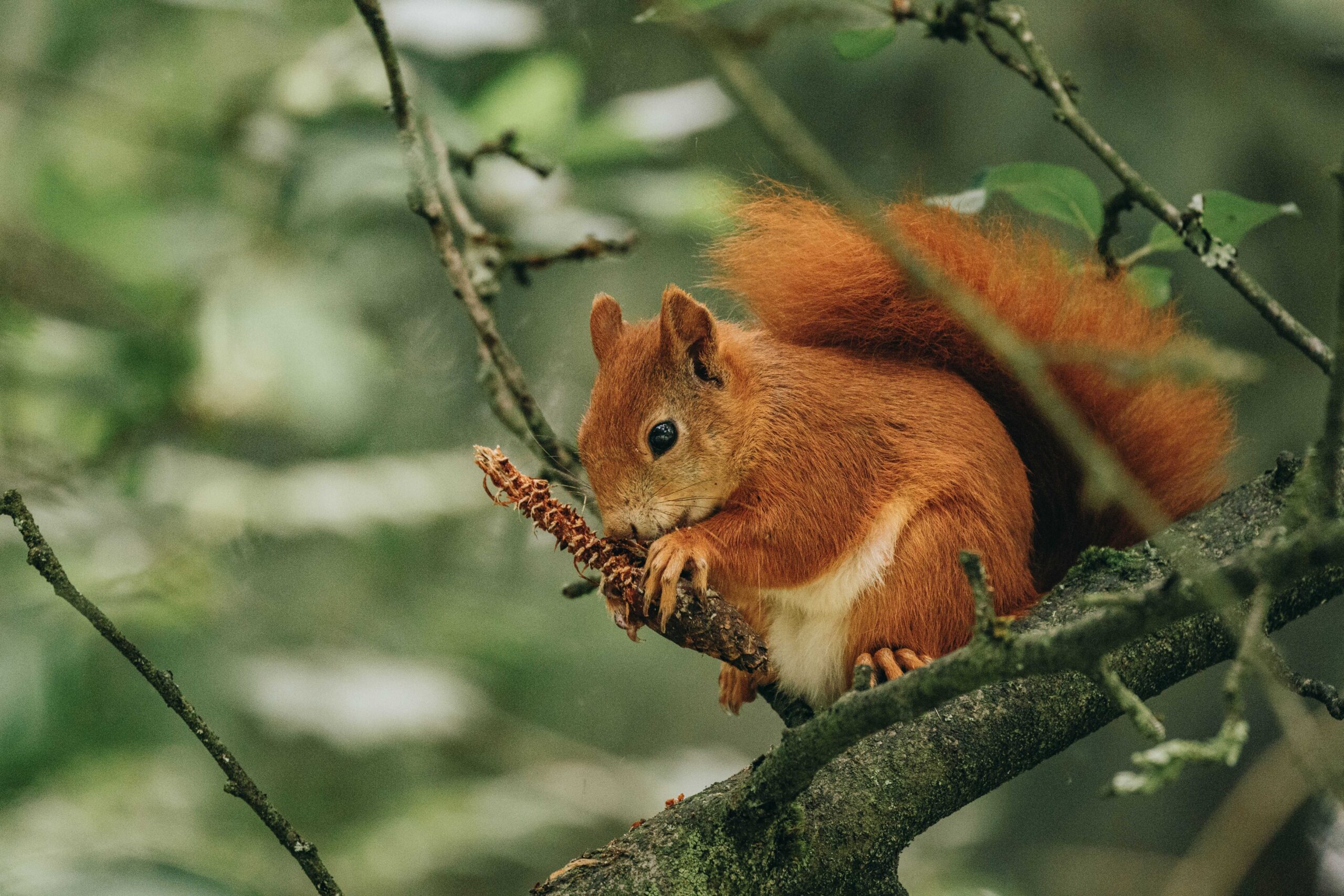- experience
- engage
- enjoy
Why We Went to Mow a Meadow
Publish Date: Thursday August 31, 2023

If you were walking around Dalbeath Marsh near Cowdenbeath this week you might have spotted our team of conservationists mowing a meadow there. But why is it important to manage this grassland? And how does cutting grass actually benefit biodiversity?
Our Conservation Officer, Dominic Rye, explains all:
This area of grassland at Dalbeath Marsh is part of the Site of Special Scientific Interest. There are a few features in this landscape which afford it this status, and the particular ecological feature we are managing here is ‘lowland neutral grassland’. As listed on NatureScot’s website, this herb-rich grassland contains a number of locally rare plants such as the Greater Butterfly Orchid.
This method of grassland management also reduces the level of nutrients in the soil. By allowing the vegetation to grow to a reasonable height before cutting, the plants draw up nutrients in the soil. And by clearing the area of the cuttings we prevent these nutrients returning to the soil.
It seems counter-intuitive, but to increase biodiversity of a grassland, the nutrient levels need to remain low. This prevents the large variety of grassland species from being outcompeted by a handful of nutrient-rich loving species such as thistles, brambles and nettles.
Beneficial
The particular machines we use also act in a beneficial way to assist with this. They are designed to be able to cope with cutting taller vegetation that your typical lawnmower would struggle with, by a single cut near the base of the plants. This allows for the cut material, or ‘arisings’ to be more easily removed with rakes or bailed.
And it also permits invertebrates, small mammals and amphibians to escape from harm as there is no vacuum created, which would be the case with a regular bladed lawnmower. The seeds of the wildflowers also have more of a chance to naturally fall and spread after being cut, helping to repopulate the soil for the next season.
If this area was not managed in this way, ultimately the succession of the area would eventually lead to a dense thicket of gorse, with very little growing under it’s shade.
Visit our website to discover more about Dalbeath Marsh and other Local Nature Reserves that Fife Coast and Countryside Trust manage.



